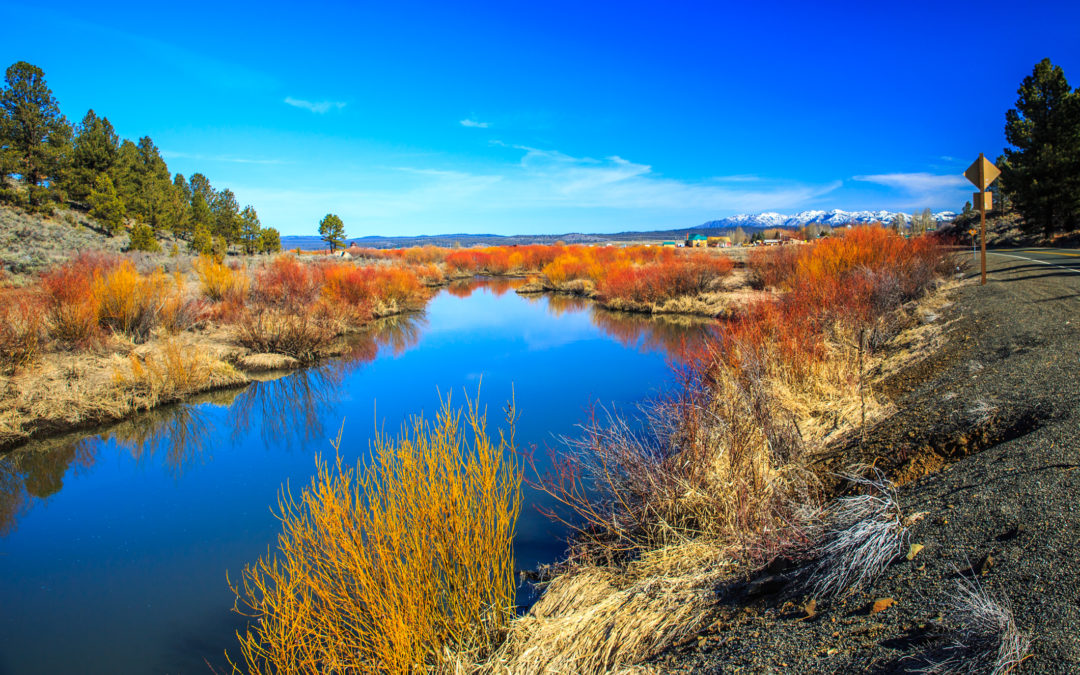Check out what HECO is doing with a local Municipality to improve Infrastructure!
The following is an article by Richard Hanners from the Blue Mountain Eagle.
Significant infrastructure improvements in Seneca could be completed in the next three years, according to Assistant City Manager Raamin Burrell — including sewer, water, roads, parks and broadband.
Seneca will get a whole new sewage collection and treatment system. The $3.5 million project will be financed with a $2.5 million Community Development Block Grant and a $500,000 grant and a $500,000 loan from the Oregon Infrastructure Finance Authority, Burrell said.
Planning for the project began in 2012 but was delayed until the city became eligible for funding assistance. Sewer rates began to increase slowly three years ago so the city could take on the debt needed to get the project completed, she said.
Seneca has about 160 permanent residents and 130 to 140 active water and sewer hook-ups. Much of the sewer collection system was built before the city was incorporated in 1970, Burrell said.
“It’s a mish-mash of different kinds of pipes, including asbestos cement,” she said.
The new sewer plant will include a two-cell faculative wastewater treatment lagoon system built on the west side of the Silvies River. Burrell said staff at HECO Engineers of Payette, Idaho, are still studying whether to run sewer pipes over the river or boring under the river. The current treatment plant on the east side of the river eventually will be dismantled and removed.
HECO crews are also measuring the collection system throughout the city in preparation for putting the project out to bid. Burrell said the new treatment plant would be constructed first, beginning next year.
Additional infrastructure work will take place while the city’s streets are torn up, including replacing water lines.
“Some of the water lines are older than the sewer lines,” Burrell said.
The city had lined up a state Special City Allotment Program grant to repave Seneca’s older streets but delayed the repaving until after other work was completed, she said.
Conduit for fiber cable also will be run underground to homes and businesses in town while the streets are torn up. The city proposes paying for that work by using funding from the $1.8 million provided to John Day by the legislature for a new broadband network in Grant County or finding other grants, Burrell said. Seneca, John Day and Grant County have signed on to a coalition to manage the network.
Seneca is also lining up grant money for a new fire station. The current facility is attached to city hall and provides barely enough space for Seneca’s two “ancient” pumper trucks, she said. The city’s three newer fire apparatus are out of action during the winter because there’s no heated place to keep them, she said.
The city has been pre-approved for a U.S. Department of Agriculture Rural Development grant, which can be used to line up additional grants for a new fire station with three bays for the newer equipment, Burrell said.
Seneca is also looking for grants to pay for a new gazebo at the city park. The last one was torn down soon after the annual oyster feed in late May this year.
“We hold the oyster feed rain or shine,” Burrell said. “We hope to build a larger building that could be temporarily enclosed during bad weather.”

